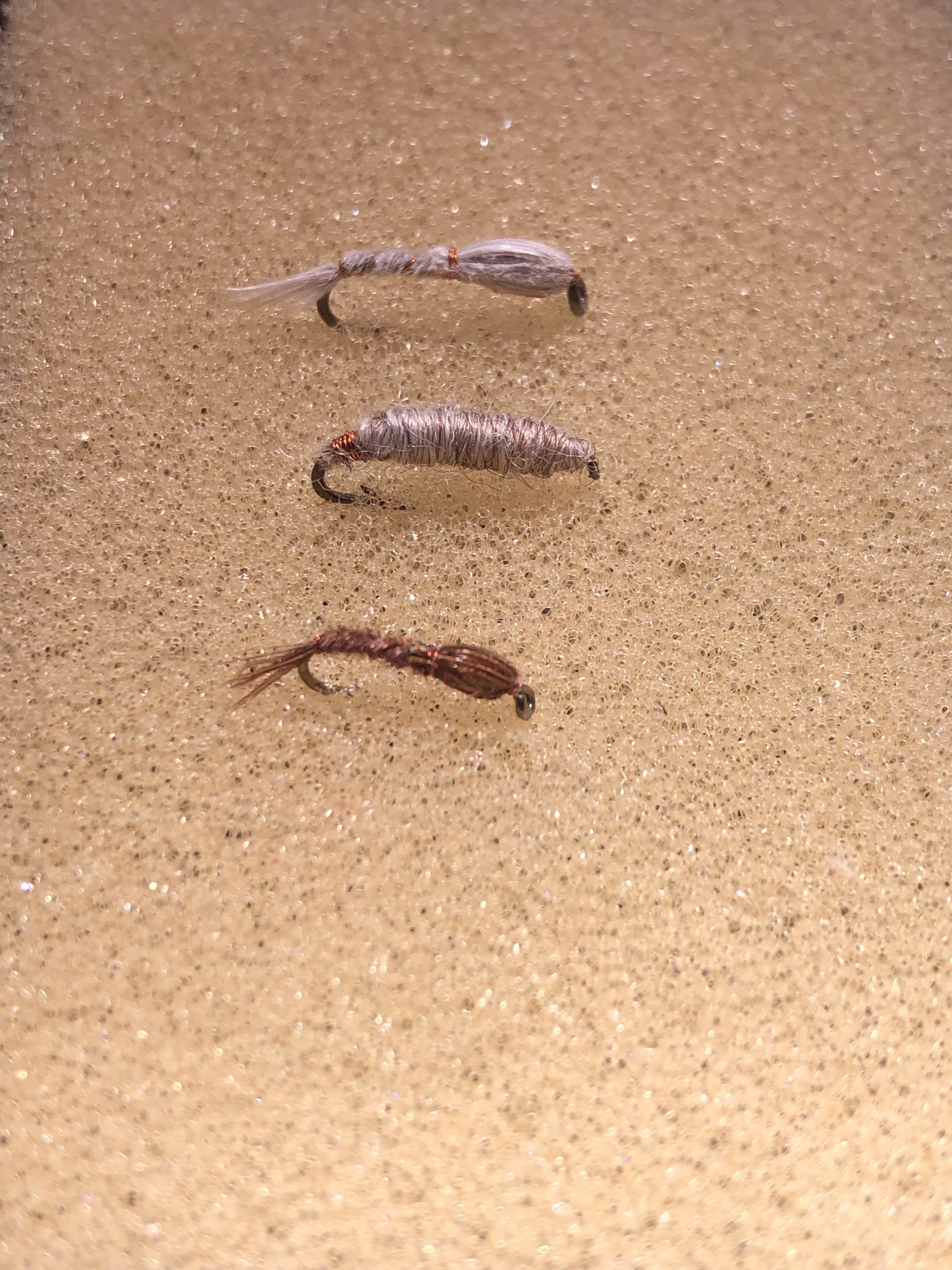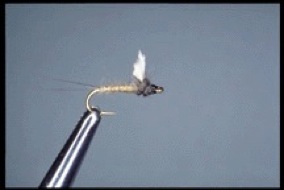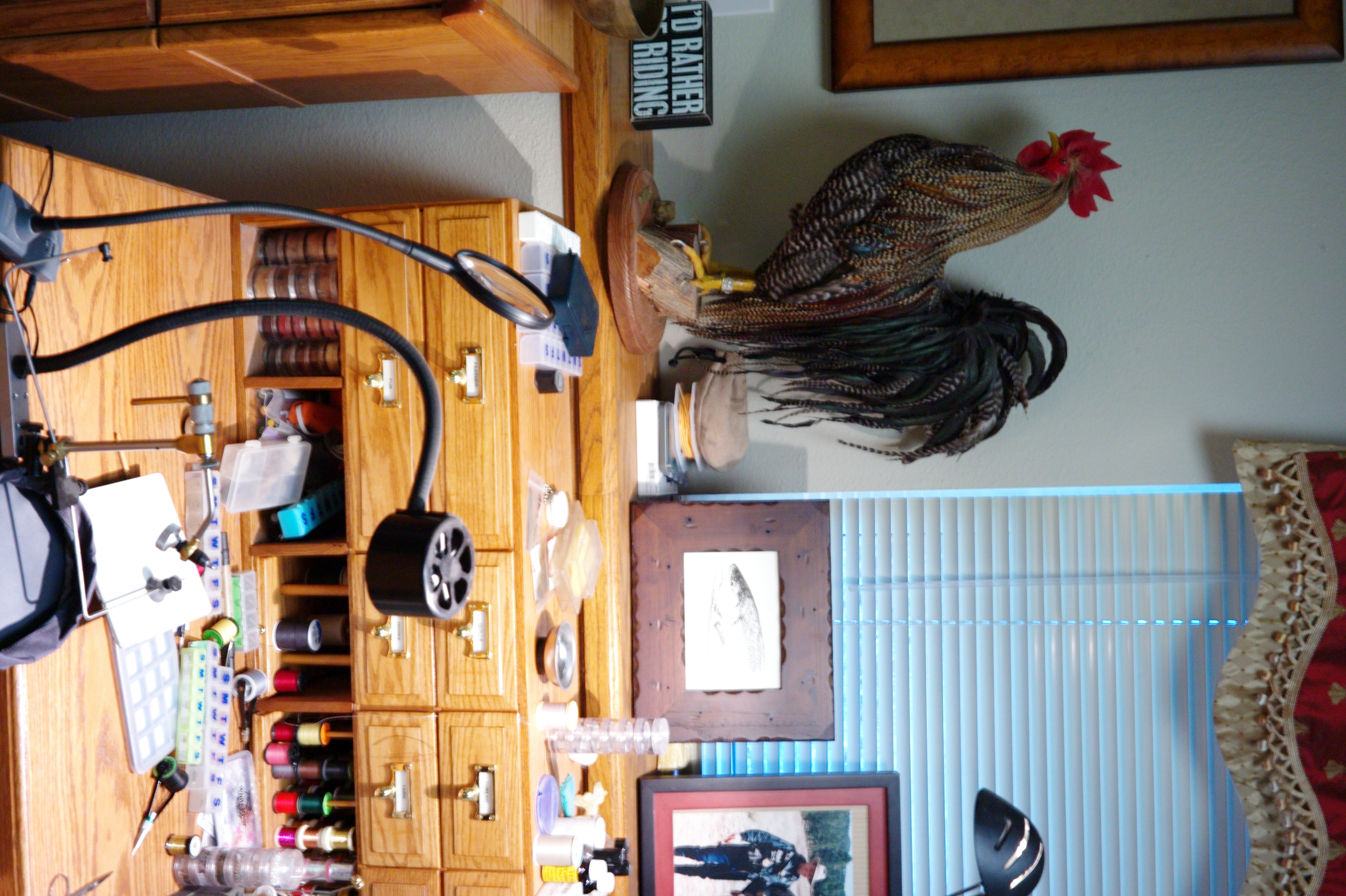Frank Sawyer’s Pheasant Tail Nymph and Grey Goose
https://youtu.be/416Os9V84n8 Frank Sawyer was a river keeper for The Fishing Association in Wiltshire, England. The river Avon was his home water. His grandson, Nick Sawyer, who was a special forces Captain in the Royal Services, when I met him and also moonlighted at times, offering his grandfather’s Sawyer Nymphs, has moved on to bigger and better things as Brigadier of their special forces. He was kind enough to send me some flies tied by his grandfather and the first thing that stands out, is how slim and natural they are compared to our American "pheasant tail" flies such as the Copper John. Nick wrote to me, ”Minimalism is probably a good way of describing the Sawyer approach to fishing. I spent a huge amount of money on taco that does not do the job as well as something out a fraction of the price.” before his grandmother retired she had three regular tires working for her as well and sold sawyer flies all around the World by mail. Nick Usually fist on the right hand it down to him from his father was one of the early fiber rods made in the 1960s by Hardy, the light master model. It is a fairly light rod and he like to fish with 1.5 pound cast tippet which equals American 7X. He commented that grade line on the test did not like the substitute wall as much as the Chadwick school, as perhaps it was a little bit on the purpleish side. However his father considered it a close enough match for it to work. As for the IRS to, he and his father’s consensus was that they are on the whole for faster water in the Chaulk streams



